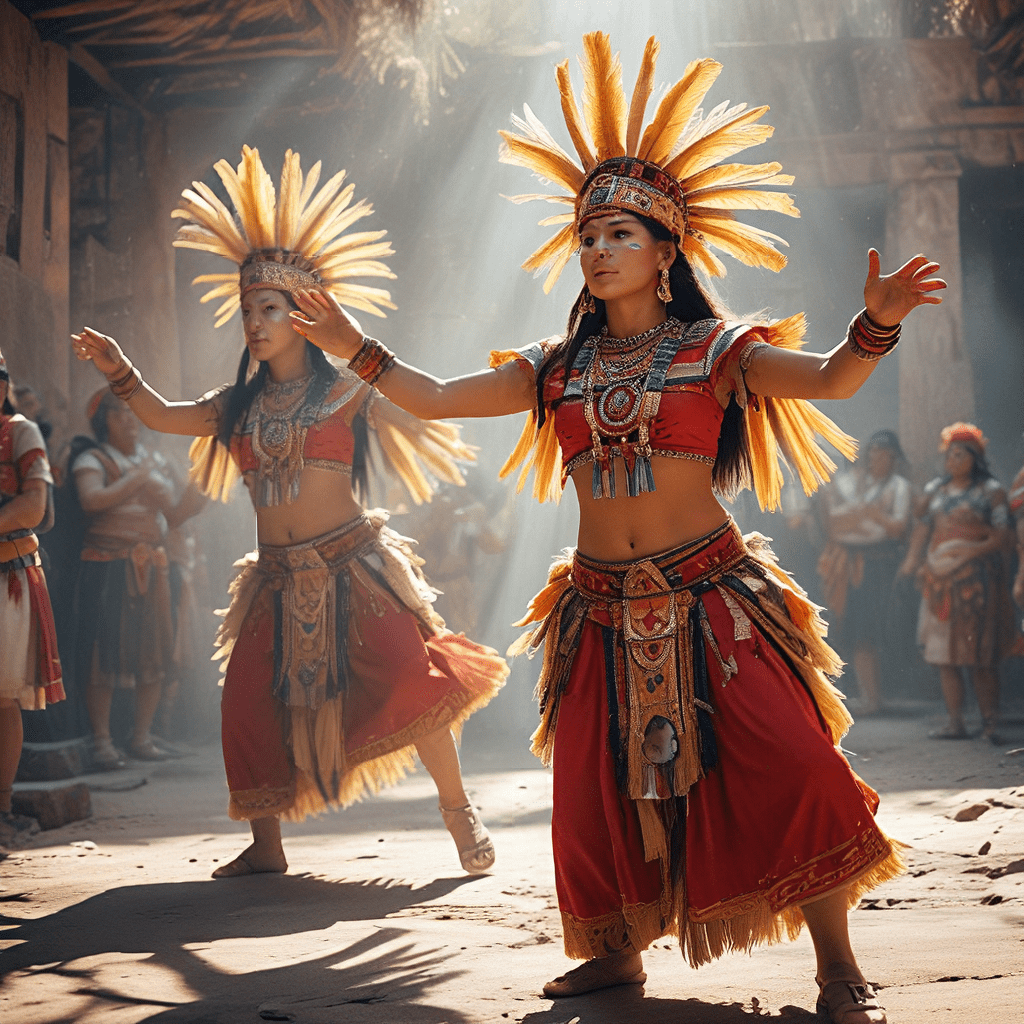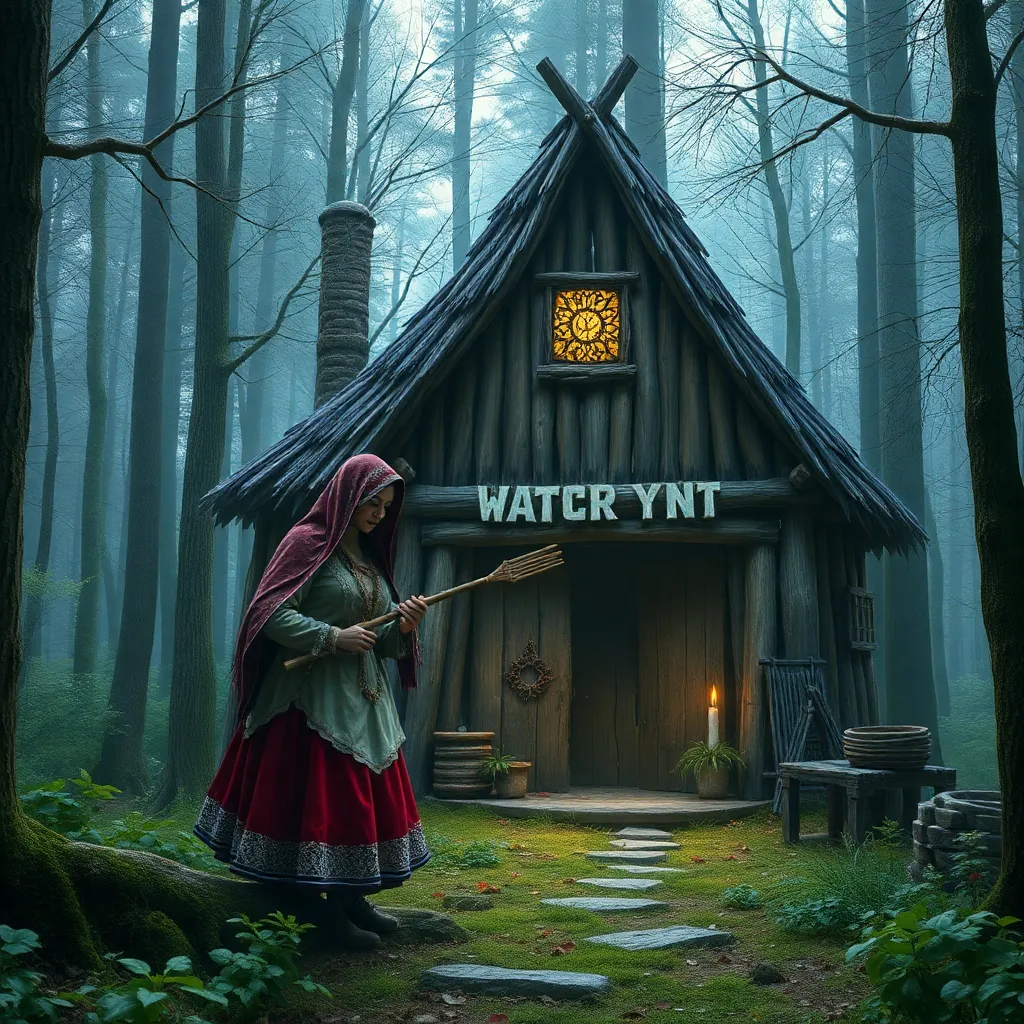The Underworld: A Mythical Exploration of Fear and Courage
I. Introduction
The concept of the Underworld is a recurring theme across various mythologies, often depicted as a realm of the dead and a place of judgment. This mythical domain serves not only as a final destination for souls but also as a profound metaphor for the struggles faced in life and the inevitable confrontation with mortality.
The Underworld holds significant importance in cultural narratives, reflecting societies’ beliefs about life, death, and what lies beyond. It often embodies the dual themes of fear and courage, illustrating how individuals confront their deepest anxieties and emerge transformed.
II. Historical Context of the Underworld
The origins of Underworld myths can be traced back to ancient civilizations, each crafting their unique interpretations based on cultural beliefs and values. These myths often include key figures and deities responsible for guiding souls or ruling over the afterlife.
- Ancient Mesopotamia: The underworld was known as Kur, ruled by the goddess Ereshkigal.
- Ancient Greece: Hades, ruled by the god of the same name, was central to Greek beliefs about the afterlife.
- Ancient Egypt: The Duat, a complex realm, was overseen by Osiris, the god of the afterlife.
Over time, the concepts of the Underworld have evolved, adapting to changes in religious beliefs, philosophical ideas, and cultural practices, yet the core themes of fear and courage remain prevalent throughout history.
III. The Underworld in Greek Mythology
In Greek mythology, the Underworld, often referred to as Hades, plays a pivotal role in understanding life and death. Hades is depicted as a shadowy realm where souls reside after death, a place characterized by both despair and reflection.
The journey of souls to the Underworld is fraught with challenges, requiring passage across the River Styx, overseen by Charon, the ferryman. Souls are often depicted carrying coins to pay for their passage, symbolizing the importance of proper burial rites.
Several myths showcase heroes descending into the Underworld, including:
- Orpheus: His quest to retrieve his beloved Eurydice highlights themes of love and loss.
- Hercules: His twelfth labor involved capturing Cerberus, the three-headed dog, symbolizing the confrontation with fear and darkness.
IV. The Underworld in Other Cultures
Various cultures have developed their own unique visions of the Underworld, each reflecting their societal values and beliefs:
- The Egyptian Duat: This realm was a complex landscape filled with trials that souls had to navigate, with rituals such as mummification ensuring safe passage into the afterlife.
- The Norse Hel: Hel is described as a cold and dark place where those who did not die heroically resided, reflecting Viking beliefs about valor and honor in life.
- The Aztec Mictlan: The journey to Mictlan involved navigating nine challenging realms before reaching the final resting place, emphasizing the importance of life choices.
V. Symbolism of Fear in Underworld Myths
The Underworld serves as a potent representation of the unknown, embodying humanity’s deepest fears surrounding death and what follows. Common fears associated with the Underworld include:
- The fear of oblivion and nonexistence.
- The fear of judgment and facing one’s actions in life.
- The fear of confronting one’s inner demons.
Psychological interpretations of these fears in mythological narratives reveal how they mirror human anxieties and the universal struggle with mortality.
VI. Courage in the Face of the Underworld
Heroic journeys into the Underworld often symbolize a quest for self-discovery. Notable figures who exemplify courage in their Underworld journeys include:
- Orpheus: His journey demonstrates the lengths one will go for love.
- Hercules: His exploits reveal the importance of bravery and perseverance.
- Inanna: The Sumerian goddess’s descent into the Underworld illustrates the transformative power of facing one’s fears.
These stories highlight the transformative power of confronting fears, leading to personal growth and enlightenment.
VII. The Underworld as a Metaphor for Personal Struggles
Interpreting Underworld myths through a psychological lens reveals deeper meanings. The Underworld can represent:
- Inner demons and personal challenges.
- Life transitions and the process of transformation.
- The universal struggle with identity and purpose.
Modern applications of these myths in personal development often encourage individuals to face their fears and embrace the journey of self-discovery, drawing parallels between ancient narratives and contemporary life.
VIII. Artistic Representations of the Underworld
Throughout history, the Underworld has inspired numerous artistic representations across various mediums:
- Literature: Key works like Dante’s Inferno explore the complexities of sin and redemption in the context of the Underworld.
- Visual Art: Renowned artists such as Hieronymus Bosch and Gustave Doré have depicted the Underworld in their paintings and engravings, capturing its surreal and haunting essence.
- Film and Media: Contemporary adaptations, such as “What Dreams May Come” and “The Fountain,” explore Underworld themes, emphasizing their relevance in modern storytelling.
IX. The Underworld in Popular Culture
Contemporary adaptations of Underworld myths in literature and film reflect ongoing relevance in modern storytelling. From graphic novels to blockbuster movies, these narratives continue to resonate with audiences, emphasizing the timeless themes of fear, courage, and personal transformation.
As society evolves, so do the interpretations of the Underworld, allowing for a rich tapestry of stories that explore the complexities of the human experience and our eternal quest for meaning in the face of mortality.



